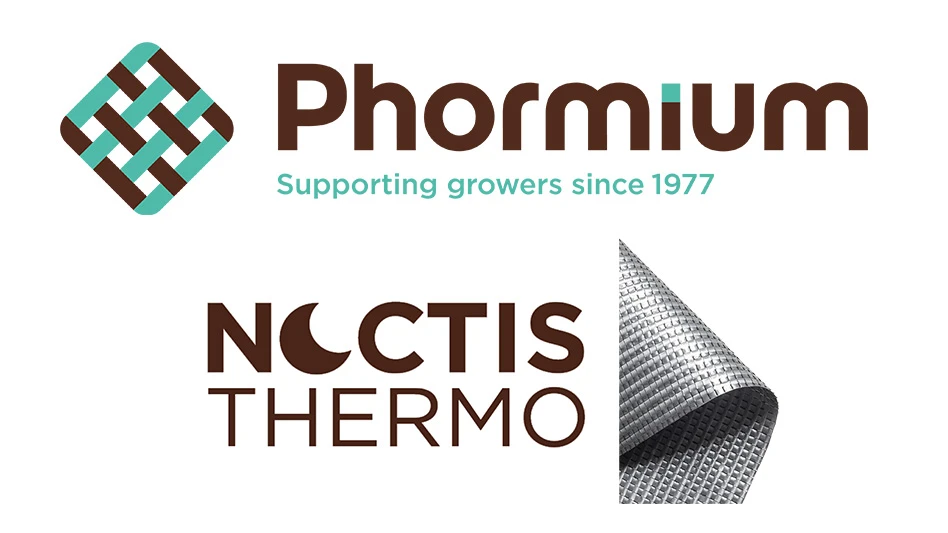
There are numerous lamp types that are commercially available for use in controlled environment horticulture. These lamp types can be categorized into two classifications: photoperiodic and photosynthetic lighting. Photoperiodic lighting is used in greenhouses to regulate the duration of the light, or photoperiod. Photoperiodic lighting is delivered at low intensities and regulates flowering and dormancy of plants. In contrast, photosynthetic lighting is delivered at high intensities and affects plant quality characteristics, such as root and shoot growth and branching.
Photoperiodic lighting
The most common lamps used for photoperiodic lighting are incandescent, compact florescent and most recently, light-emitting diodes (LEDs) (Fig. 1). Incandescent lamps have been very common in greenhouses because they require low installation costs, are compact, the light output is not affected by ambient temperature, and the bulb life is not affected by the number of on/off cycles. However, incandescent lamps are being phased out of production as they are energy inefficient and emit a relatively high amount of far-red light, which promotes stem elongation.
As they are phased out of production, growers have been installing fluorescent lamps, which have greater energy efficiency and longer bulb life. Their light quality (high red:far red) also does not promote stem extension, but may cause flowering delay in some crops. Most recently, LEDs have become increasingly common for photoperiodic lighting in greenhouses. Their energy efficiency surpasses that of the other lamp types available, the light spectrum can be flexible, and they have the potential for a very long lifetime (50,000+ hours). The main barrier to LEDs are that they are still the most expensive lamp type.
Photosynthetic lighting
Photosynthetic lighting is delivered at high intensities in order to increase the daily light integral, or the total quantity of light received by plants. The three most common lamp types for high-intensity lighting are high pressure sodium (HPS) lamps, metal halide (MH) lamps, and LEDs. HPS lamps are the most common lamp type used in greenhouses today due to their high energy efficiency, moderately long bulb life and relatively small fixture size. However, HPS lamps have a moderately high installation cost and their bulb life is strongly reduced by the number of on and off cycles. Metal halide lamps are less common, but are especially used by garden center retailers who use their retail space for production early in the season. They emit a whiter light and have a moderate bulb life. Similar to the HPS lamps, they also have a moderately high installation cost and the bulb life is reduced with the number of starts.
High-intensity LEDs are slowly taking more market share in horticultural lighting. There continues to be large improvement in the technology and light intensity of the lamps. However, they have a relatively high investment cost, often emit directional light and may have larger fixtures that will shade the crops below. LED fixtures vary widely with manufacturers as to their light pattern (directionality), intensity, relatability, durability and energy efficiency. For example, some LEDs may emit more directional light, which requires a greater number of lamps per acre, while others actually have energy efficiencies lower than HPS lamps. There may be some situations in which the high investment costs of the LEDs would be advantageous: when they are used in locations with high electricity costs, rebates, low energy availability, or in year-round production facilities.

Explore the November 2016 Issue
Check out more from this issue and find your next story to read.
Latest from Greenhouse Management
- This month's Greenhouse Management magazine is about native plants and sustainability
- The HC Companies, Classic Home & Garden merge as Growscape
- Terra Nova releases new echinacea variety, 'Fringe Festival'
- Eason Horticultural Resources will now officially be known as EHR
- BioWorks receives EPA approval for new biological insecticide for thrips, aphids, whiteflies
- ScottsMiracle-Gro transfers cannabis subsidiary to focus on core lawn and garden business
- Should we start calling natives 'eco-beneficial plants'?
- Ellen Mackenbach-Lakeman appointed new CEO of Dümmen Orange





